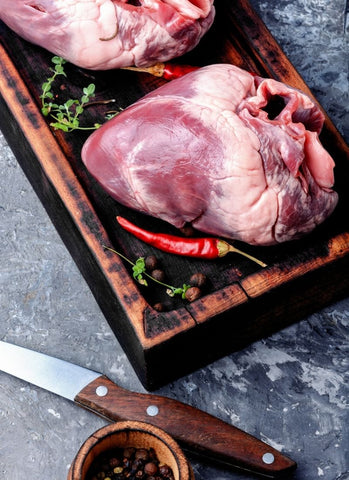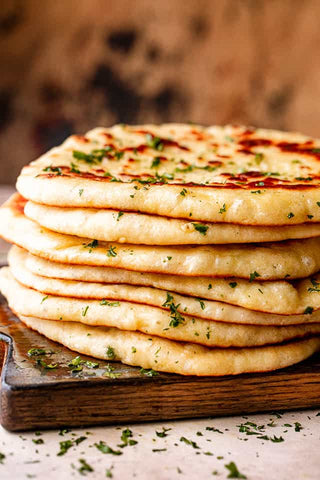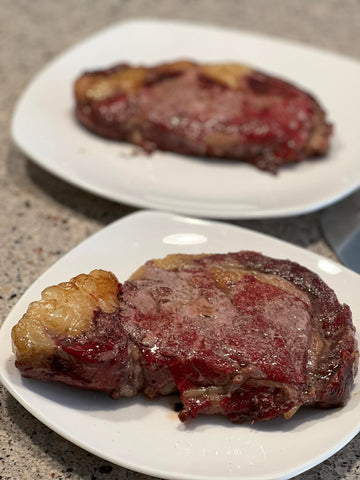
Precision Cooking and Temperature Control in Cinder Grill
Lower temperatures (below 212° F)
At lower temperatures, the main considerations are doneness and holding time.
Doneness is essentially a specific temperature for a specific food type, and when the food reaches that temperature it is done. though the appearance is also affected by how quickly the food came to temperature, freshness, etc.
|
FOOD |
TEMPERATURE (°F) |
|
Steak |
129 - 140 |
| Hamburger | 136 - 158 |
|
Salmon |
104 - 140 |
Holding time - is how long the food can stay done at temperature before starting to lose quality and turn mushy. It depends on the type of food and ranges from minutes to hours.
|
FOOD |
HOLDING TIME |
|
Steak |
hours |
| Hamburger | hours |
|
Salmon |
ten or twenty minutes |
Tenderizing - long cooking periods can tenderize tough meats as collagen is broken down into gelatin. This is where you hear about sous vide 72-hr pork shoulder. To tenderize, simply leave the food on after it has reach the target temperature (cinder says done or holding).
Higher temperatures (above 212° F)
At higher temperatures, three key chemical reactions define higher temperature cooking which flavor and color the outside of food. The temperature ranges are broader and more forgiving than when cooking meat to a specific doneness - plus or minus 10° F is meaningful here.
|
REACTION |
TEMPERATURE (°F) |
|
Maillard browning |
280° - 330° |
| Caramelization | 250° - 360° |
|
Pyrolosis |
400° + |
Maillard browning - sugars and proteins combine to create thousands of new flavors and aromas and brown the food. High-temperature and dry food accelerates the reaction. The reaction is pronounced from around 280° to 330° F. Higher temperatures and dryer cooking surface accelerate the reaction.
Pro-tip: dry your food before searing for faster and deeper maillard (water vapor brings the cooking surface temperature down towards 212°.)
Caramelization - the browning of sugar, where sugars are broken down and the color turns brown color and favor becomes nutty. The temperature depends on the type of sugar, and ranges from 230° to 356°. If left too long, eventually the taste will become bitter as the original sugar is destroyed.
Pro-tip: for more forgiving, unattended cooking, start with the lower end of the temperature range when experimenting with new foods.
Pyrolysis - burning or charring. Too much of this reaction can cause bitterness, though some people like a little bit for visual appeal and hard texture. Happens at higher temperatures, above 400° F.



